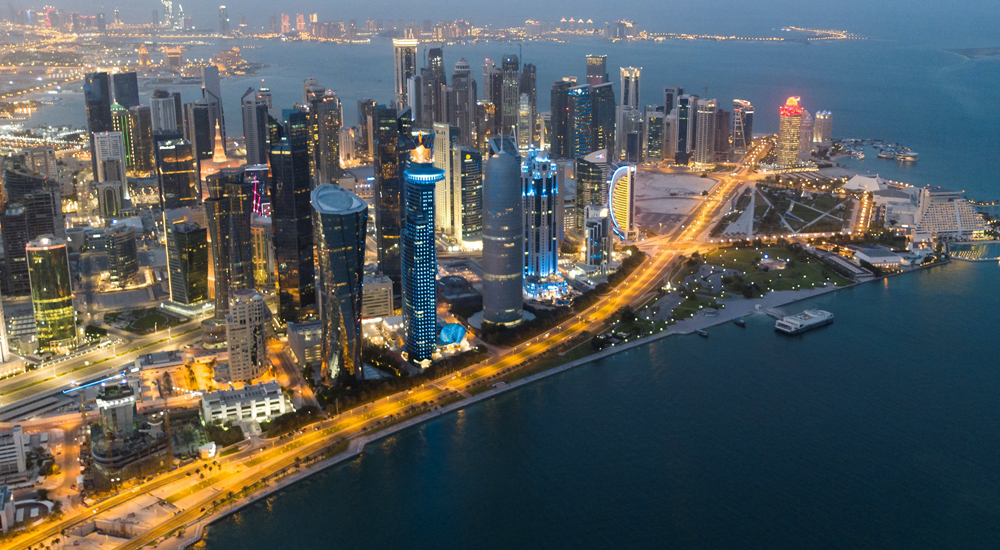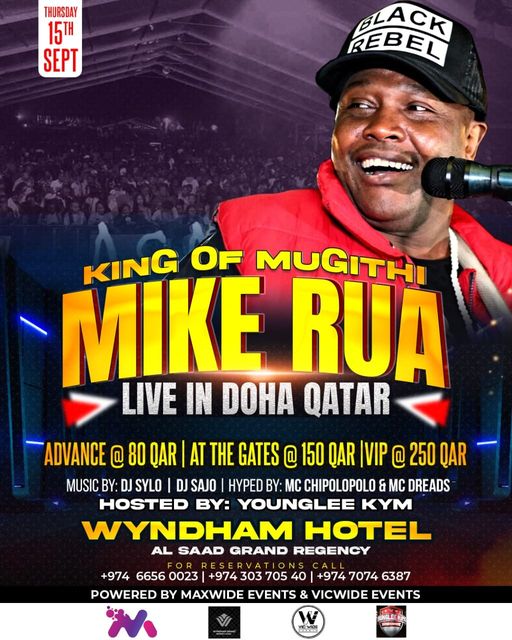The ninth edition of KPMG’s Gulf Cooperation Council (GCC) listed banks’ results report was released in Qatar. It provides a thorough examination of financial results and key performance indicators for the top commercial banks in the GCC, as well as comparisons with the previous year. The paper, titled “Adaptation and Growth,” outlines the key financial developments in the local banking industry. Through the dissemination of ideas from heads of Financial Services at its member firms in the six GCC nations, KPMG hopes to offer insightful viewpoints on the banking markets and the top banks’ financial results, influencing banking strategies and reshaping the region’s banking landscape.
During a period of adaptation and investment in the region, 2023 emerged as a year of growth, reflecting not only the strength of the GCC economies but also the outcomes of effective management, digital transformation, and improved return on investments over the past few years, according to Omar Mahmood (pictured), Head of Financial Services for KPMG in the Middle East and South Asia, and Caspian Region and Partner at KPMG in Qatar.
According to this year’s report on the banking industry in Qatar, with $338 billion in assets, Qatar National Bank is still the biggest bank in the GCC. In addition, Qatar has the best stage 3 loan coverage ratio (84.2%) and the lowest cost-to-income ratio (24.6%).
This year, profitability increased by 23.1 percent in the region, mainly due to increased loan books, better interest margins, fewer loan impairments, and continuous cost-cutting initiatives.
Bank asset growth remained strong, with lending to high-quality customers accounting for 8.1 percent of the banks’ total asset expansion.
The environment of rising interest rates resulted in a 0.2 percent increase in net interest margins, which helped fuel profit growth.
With respect to credit risk management, the GCC banking industry’s overall NPL percentage dropped by 0.2 percent to 3.5 percent.
In 2022, return on assets (ROA) improved by 0.7 percent from the year before, indicating stronger profitability in relation to asset growth.
The cost-to-income ratios decreased from 39.7% to 40.4 percent in 2022, indicating the ongoing emphasis on cost containment and operational effectiveness. Additionally, the stage 3 loan average coverage ratio rose by 0.4 percent from the previous year, demonstrating the listed banks’ conservative provisioning strategy.
Despite difficulties, GCC banks have proven to be resilient and prepared to adjust to changing global economic conditions, laying a solid basis for expansion in the future.

















Leave a Reply